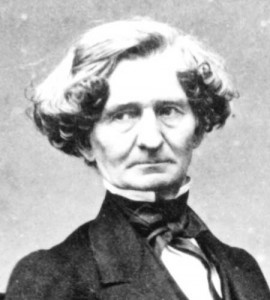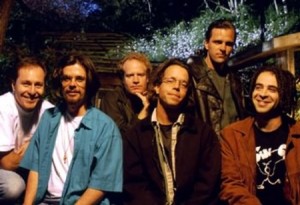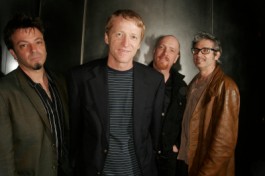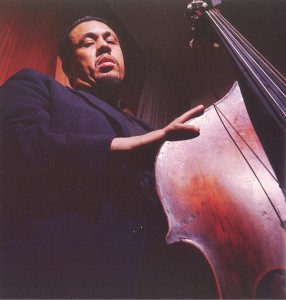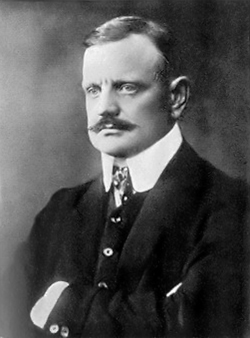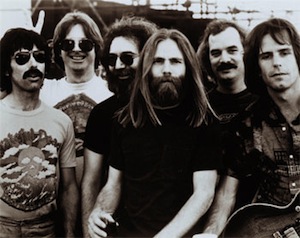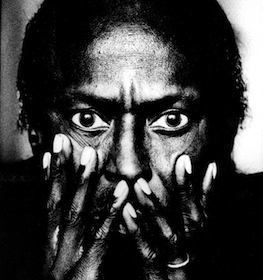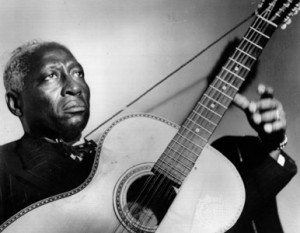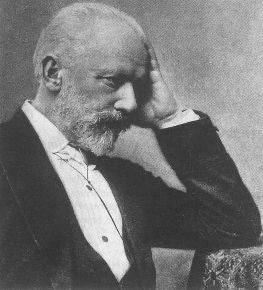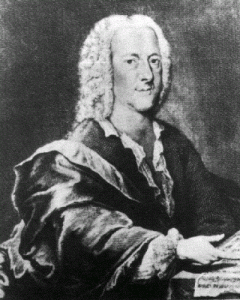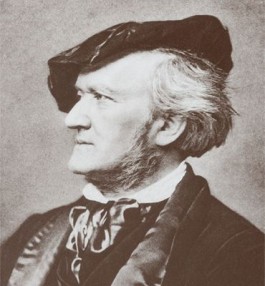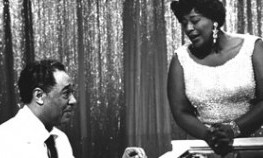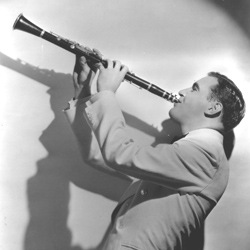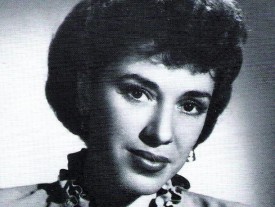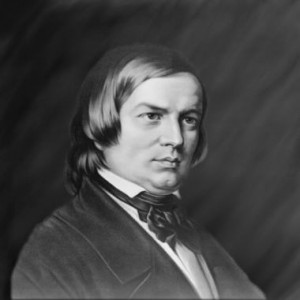While I have been to busy to do a post recently, I have still found time to rip a few CDs a night. And while I wouldn’t call my CD shelves bare by any means (I am estimating that I am about halfway through the CDs at this point), the shelves are looking thinner. And I am also starting to reach more and more into the back shelves to find some discs I haven’t heard for a long time. One of these find this week was three different recordings of Bach’s ‘Goldberg Variations’ as well as a box set of all of Berlioz’s orchestral works. But at the front of a thinner and thinner pop front layer there was also the first couple CDs by Björk which I have always loved, but haven’t listened to for some time (a couple years?).
So tonight’s post will revolve a bit around my friend Russ… we worked at Barnes and Noble together during my brief stint there when I first moved to Seattle. We both were into classical music quite a bit (and as anyone who has ever shopped record stores, especially record departments in larger stores knows, the classical music nerd is the person you want to get to know… not only can they find the recording of a specific performance of a piece by Brahms for you, but since they are used to flipping through catalogs looking for pieces, they are also usually the person that can find for you just about anything in a record store, regardless of category). Russ also had a knack for modern music, and when I worked at Barnes and Noble he actually pointed me to many composers that I wouldn’t have thought to listen to at the time. Not that we had a huge modern classical section (this was Barnes and Noble after all), but I’m pretty sure he led me to my first Berio as well as my first Stockhausen. Even though I was hoping to go to school to be a composer at the time, my knowledge of modern music was terribly limited. Having someone like Russ around, who had a knack AND good taste for new music was something I had really needed.
And after working around so many classical music geeks at the Tower in Berkeley, it was also great to be around someone who could talk about different recordings of a single piece again. This really is one of the joys of classical music in my opinion. While I ripped three versions of the ‘Goldberg Variations’ in just the last couple days, I have even more then that (I think 6 total? Maybe more?) and they are all fun for different reasons. And it takes the kind of mind that can remember that BWV 1080 is ‘The Art of the Fugue’ to also know why one customer would want Angela Hewitt playing the Goldberg Variations rather then Glenn Gould or Christophe Rousset. But while I remember having so many of these conversations, they are mostly blurred together into those kind of conversations that people have who work in record stores. And the reality is that when you work in a record store, you talk SO much about music that it is often hard to remember specific moments or conversations.
Yet there is one conversation with Russ that sticks out very clearly to me. I seem to remember Russ with a stack of CDs to shelve in his arm (and I’m pretty sure I was getting ready to head out to shelve some as well) when one of the other clerks wondered if we could get away with playing some Björk in the store. Russ stopped immediately, and with the most serious face I think I ever saw on him, he said “Björk? My god… there is nothing I wouldn’t do for that woman”.
It usually surprises other record store types who know the classical types when they hear things said like this. What they don’t understand though is that to get to know all those catalog numbers and performers and performances of classical music takes passion. And for most people my age who have worked in classical stores or departments, this passion for music usually extends into other genres as well. So while I was ripping Bach and Berlioz today, I didn’t necessarily remember the constant conversations about Back or Berlioz I may have had with Russ ten years ago. But when I threw on ‘Human Behaviour’ and remembered how great this album was, and how much I loved it when I first heard it and played it at Tower probably every day for over a month, the look on Russ’s face and the seriousness of his statement rang again in my ears.



